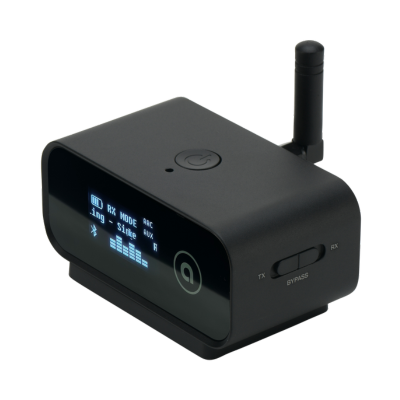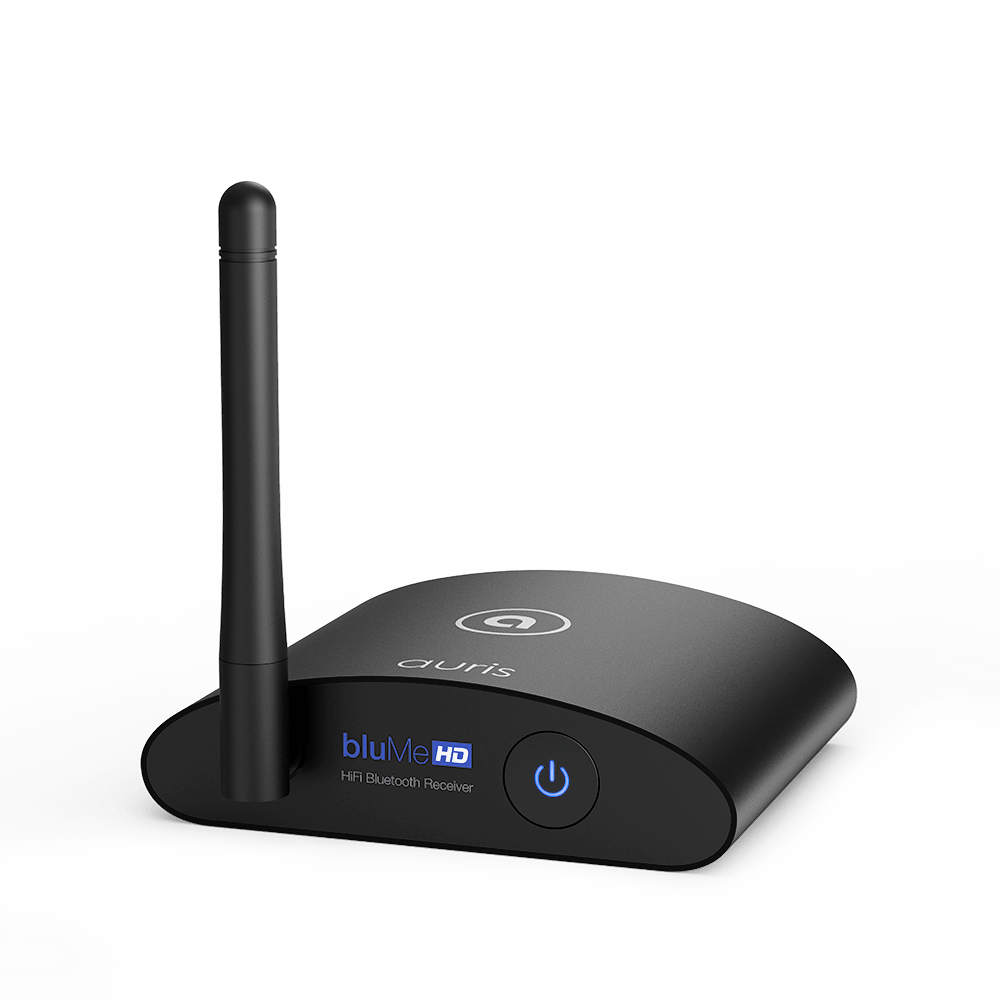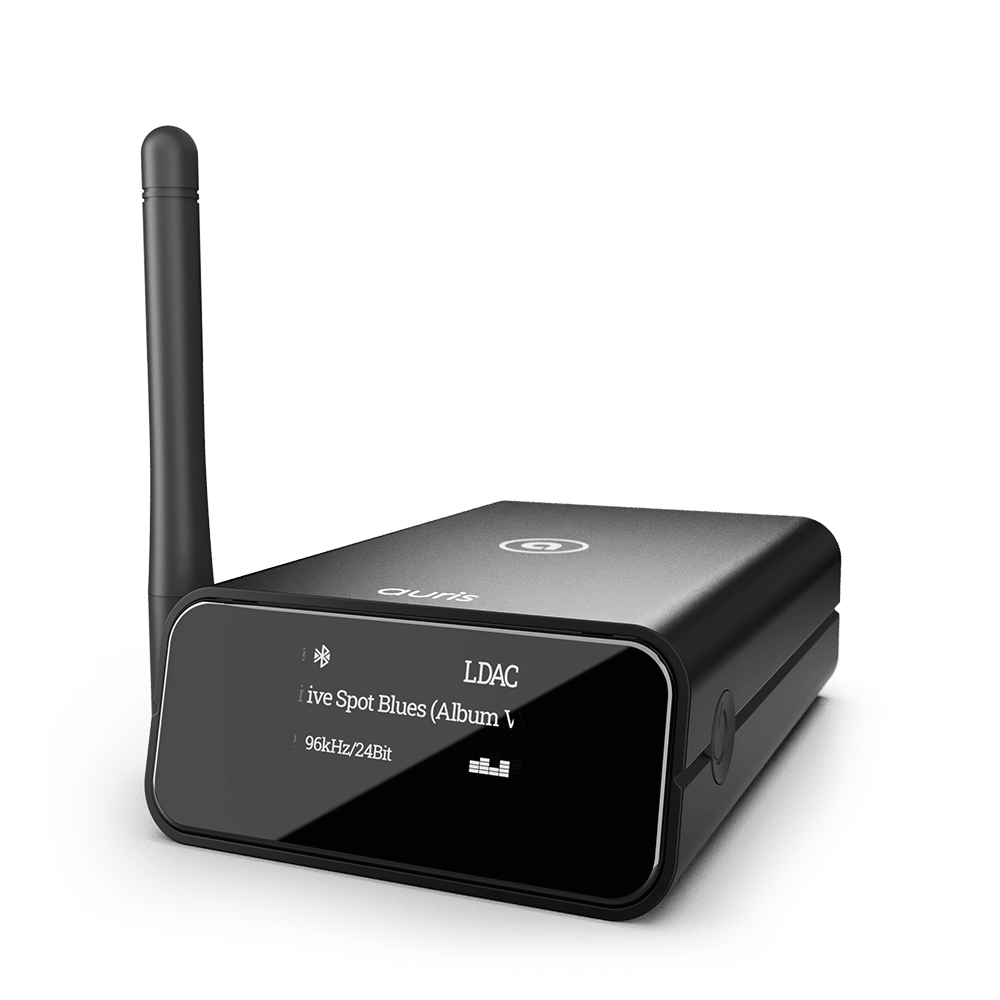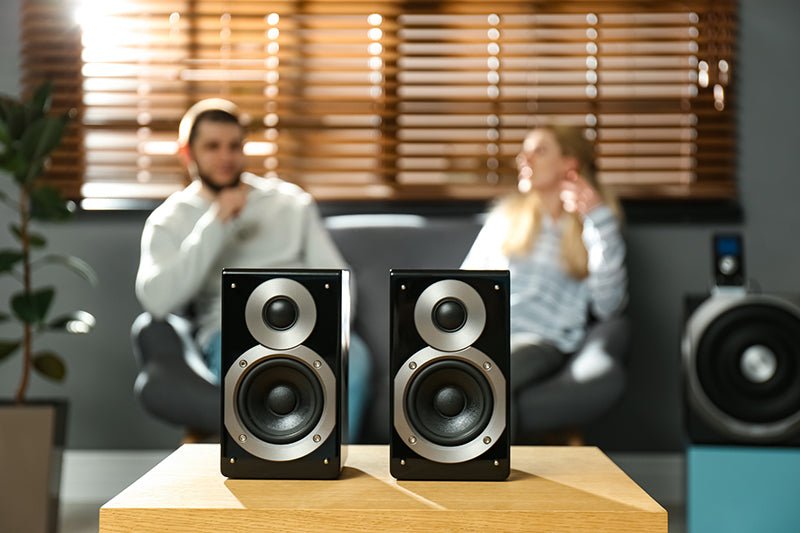
We all know what Bluetooth is. That recognizable blue oval is on pretty much every single device we own. From smartphones to headphones to laptops, Bluetooth has become an important facet of our daily functioning.
And while we understand that Bluetooth is a wireless sound streaming technology that lets us control our compatible devices without annoying cables, not a lot of us really know how it actuallyworks.
The technology that allows you to have agency over your devices from a phone or laptop is highly complex, and you could study the intricacies for years without even scratching the surface. However, let’s try to break it down as simply as possible so you can finally understand the secrets behind the magic of Bluetooth.
Bluetooth’s History
The concept of Bluetooth was introduced by Dr. Jaap Haartsen and Ericsson in 1994. They named the technology after a Danish Viking named Harald, who united Denmark and Norway in the 10th century. Harald had a rotting tooth that took on a bluish hue, earning him the nickname Bluetooth.
The iconic logo is actually a combination of the nordic alphabet characters for “H” and “B,” which stands for Harald Bluetooth.
The tech was designed to replace RS-232 telecommunication cables. Bluetooth’s first version was equipped for a variety of uses, and a lot of standard features are still a part of updates today. Surprisingly, however, the original tech was not designed for streaming audio, which is one of its main uses today.
The first consumer Bluetooth device was a hands-free headset that launched in 1999. Soon after that, the first Bluetooth cell phone was released in 2001. Since then, nearly every single smartphone, computer, and speaker system relies on this technology for instant wireless streaming.
So how exactly does audio and other data stream wirelessly through the air?
How Does Bluetooth Work?
A Bluetooth device is managed using a radio frequency topology known as “star topology.” When a group of devices is synchronized in this fashion, it creates something called a piconet, which will contain a main master device and up to seven other “slaves” in its network.
Within a piconet, the radio channel is shared among the devices by a common frequency-hopping network. The master device, which might be a smartphone or computer, provides the references in which each slave device will be synced.
The master device algorithmically determines the frequency-hopping pattern at which every device will utilize. The physical, wireless channel transmits data through packets known as slots. This channel is responsible for both synchronous and asynchronous activity, such as changing music or printing a file, respectively.
In Simpler Terms?
Explaining Bluetooth takes knowledge of some technical jargon, so it can be confusing even at a base level. Let’s look at it like this:
Bluetooth tech uses the principles of “inquiry” and “inquiry scanning.” Scanning devices will “listen in” on the network for devices that are actively inquiring. For example, your printer is a scanning device, actively awaiting a signal (or inquiry) from your phone or computer to tell it to print a document.
When you put your phone into Bluetooth pairing mode, it inquires nearby devices about their signal. In turn, scanning devices might recognize this connection and respond by accepting it. After that, the two devices have become wirelessly synced.
This is all completed over a wireless radio network that requires devices to be geographically near one another.
Why Does Bluetooth Weaken Through Walls?
All of the complexity of how Bluetooth works is an indicator as to why it sometimesdoes notwork. Bluetooth is reliant on a fairly uninterrupted signal in order to function properly.
While it’s a myth that Bluetooth can’t go through walls, it is true that obstacles can affect the signal strength of a wireless signal. This occurs because of a phenomenon called “path loss,” which reduces signal strength as it travels through the air. Solid objects like walls and furniture can impact this signal and lessen the distance that it can travel.
The current version of Bluetooth (5.0) has a range of about 800 feet, which is four times the range of the previous version (4.2). This is an immense amount of distance, so while walls might lessen this, there’s a good chance that you will be able to use multiple Bluetooth devices throughout your entire home.
This can be problematic for audiophiles who really need to have the highest quality sound possible. If you use wired headphones for this reason but still want the functionality that comes with Bluetooth, you can use an amplifier to further enhance the sound without sacrificing the ease of this versatile tech.
Can Bluetooth Frequencies Be Interrupted By Other Devices?
You might also notice that there are times when your Bluetooth speaker or device doesn’t seem to work properly, even from within the same room. This is likely because of other devices using the same radio frequency. Bluetooth uses a 2.4Ghz radio frequency, which is the same wave that Wi-Fi and satellite signals exist on.
This means that your internet might cross with the Bluetooth signal and cause it to cut out. However, this is fairly rare because of their relatively weak signals when compared to other devices.
To reduce the threat of interference, it is important to use Bluetooth products with devoted chipsets that are specifically designed to operate on a stable signal strength.
Can Wired Devices Be Bluetooth Compatible?
There’s really no denying that wireless technology is the way of the future. But for audiophiles who have a soft spot for the quality sound that analog systems deploy, it’s tough to part ways with the classics.
Analog and digital sound systems are not compatible by themselves because they must use a wired connection to relay audio data. However, you can use a Bluetooth receiver or transmitter to turn any wired tech into a Bluetooth device within your network.
Bluetooth Receiver
If you love your old stereo system but wish you could play your favorite playlists from Apple Music or Spotify, a Bluetooth receiver is exactly what you’d need. This has both analog and digital ports, so it can turn any wired sound system into a wireless device.
Since it uses a quality chipset, this will be able to maintain a strong signal even in areas of high interference. It’s also perfect for your home entertainment system because it uses low latency technology to eliminate lip-syncing problems that are common with Bluetooth devices.
Bluetooth Transmitter
Watching movies on our televisions is the new normal, but the sound quality is definitely missing when compared to a true theatrical experience. Since sound is actually a more important feature for media consumption as opposed to visuals, great speakers can make all of the difference.
You can stream sound from a television by using a Bluetooth transmitter. Since it can connect to two devices at the same time, you could make your own DIY surround sound by using two wireless speakers in the same room.
On top of that, you can use wireless headphones to watch your favorite late-night binge without disturbing the other people in the room. It’s a really great way to make the most out of wireless technology without needing to buy all new compatible devices.
In Conclusion
Bluetooth is a complicated technology that involves radio frequency, master devices, and vast networks. While its signal can be weakened through walls or interfered with by other wireless products, there is no denying that it is necessary for our daily lives.
It’s so necessary that you can even get products that turn non-Bluetooth devices into wirelessly compatible ones.
While trying to wrap your head around exactly how it works is complex, the good news is that you don’t have to worry about it. It’s a seamless technology that operates without our knowledge, cementing it as a prime inclusion for our digital devices.
Sources:
Bluetooth: Why Modern Tech Is Named After Powerful King of Denmark and Norway | Ancient Origins





